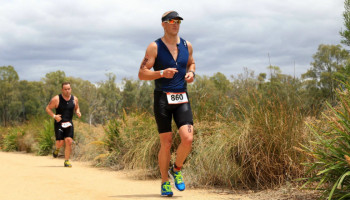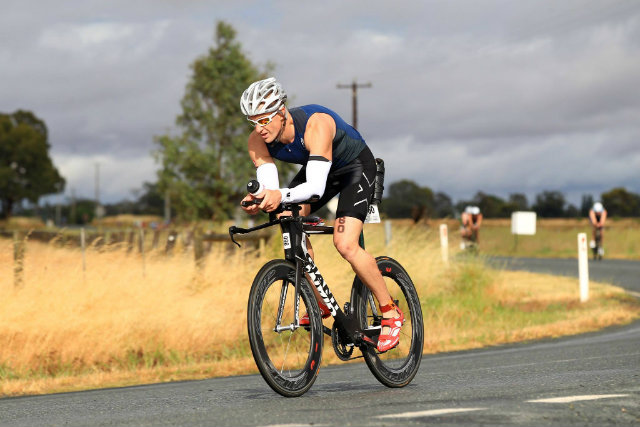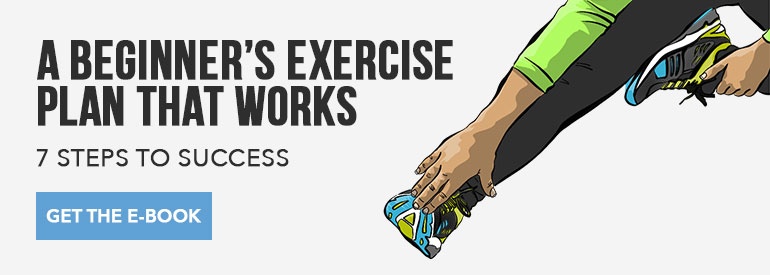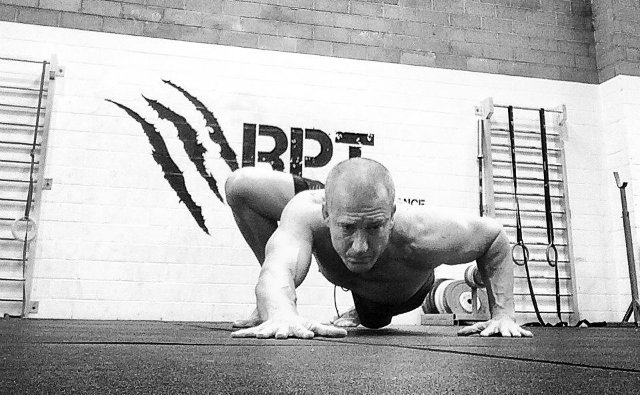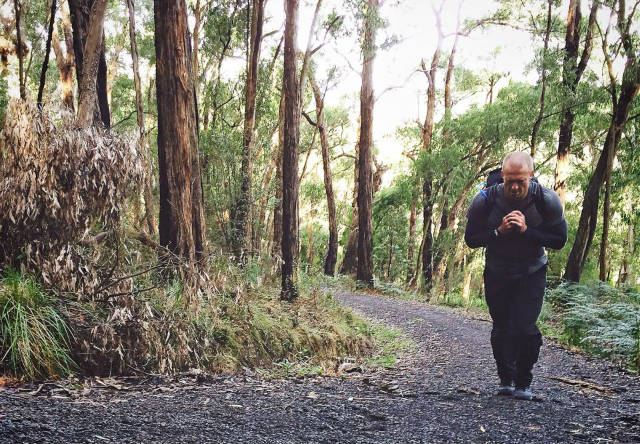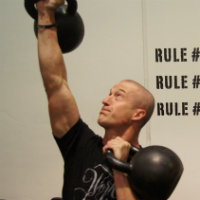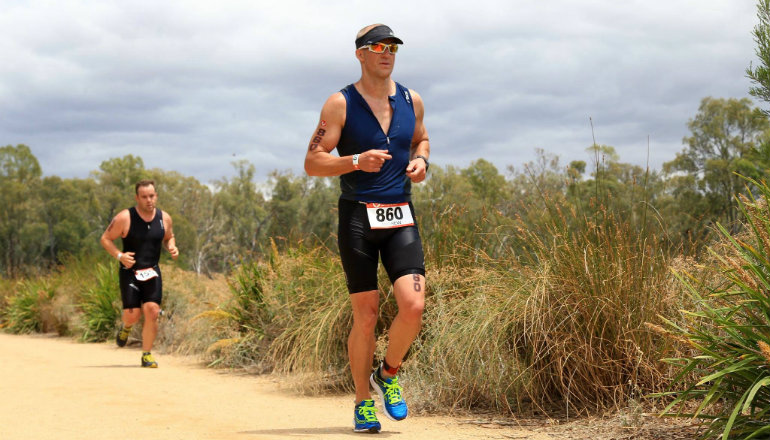 Reading Time: 6 minutes
Reading Time: 6 minutesNot long ago, doctors told people to slow down once they reached 40. To take it easy. They believed when it came to “fitness after 40” that the heart couldn’t withstand much stress and it was best to just put your feet up for the rest of your life.
Obviously things have changed, and we have a number of amazing humans to thank for it. Laird Hamilton and his wife, Gabrielle Reece, make a great poster couple for staying active as you age. Randy Couture, Dara Torres, and George Foreman all showed us it was possible, too. And thanks to many sports now having age groups to even the playing field, there is a wealth of choices for those wishing to stay active later in life.
But we need to be honest with ourselves. At forty you aren’t going to be better than you were at twenty, unless you were a couch potato. It’s just not possible. Biology isn’t on your side anymore, and it makes recovery harder and progress slower.
That doesn’t mean you have to give it all up. Since I turned forty nearly eight years ago, I have accomplished some big physical challenges: cycling 1000km in a week, finishing multiple half Ironman races and one full Ironman, and completing SEALFIT’s brutal Kokoro course. I’m going to share with you how I did these things and remained injury free while still working a full-time job.
Fitness After 40 Starts With Remembering You’re Over 40
The first step is simple, although you won’t believe it. The first step is to cut yourself some slack. You’re not twenty. You’re not Superman anymore, no matter how tough you were as a kid.
You need to be realistic about training and recovery now. If you’ve had a bad day at work or slept little because you were worried about your son’s test today, then it’s not the day to hammer it in the gym. Today is the day to get some work done, but keep the throttle in check. There’s time to floor it later.
The 3 Bs of My Basic Workout Template for Fitness After 40
My basic workout template is set up around my three Bs: bend, build, and breathe. They refer to the need for flexibility and mobility work, strength training, and cardiovascular work. And no, I don’t care if you don’t like cardio. I am assuming you like it more than a heart attack or diabetes. I also don’t care if you think you don’t need to stretch. You do, and likely far more than you think.
The basic framework goes like this:
- You must stretch every session.
- Split your total training sessions evenly between strength and fitness (“cardio”).
- Only one hard session of strength and fitness each week.
For bonus points: quit trying to out-exercise your poor diet choices. If you’ve decided on a life of health and fitness, then realize it starts in the kitchen.
When it comes to training clients, I tend to use hour blocks of time simply because that is the tradition in gyms. But most workouts won’t be exactly an hour, which is why in my own training I use ninety-minute blocks of time. Regardless of the time allocated, the format is the same and a third to a half of my total training time in the gym will be allocated towards flexibility. It seems like overkill, but it keeps me out of the doctor’s office and stops me from getting hurt. It also loosens up stiff muscles from the previous day’s training.
How to Go About Your Strength Training
After the stretching block I work on strength if I’m in the gym. I tend to pick two exercises that don’t compete against one another. Good examples are front squats and pull-ups, front squats and Romanian deadlifts, presses and pull-ups, or deadlifts and presses.
A good rule of thumb is to perform each exercise for three to five sets of three to five reps. Total time taken here will be around twenty minutes. Many people say you need far more strength work than that, but I disagree. With lower recovery ability, you’ll find you actually get more result from doing slightly less.
On one day per week, when you feel good, put your foot down and see what you’ve got. This is the day to try for a personal record or to add some extra work. But don’t be guided by a spreadsheet — wait until you feel it on the day.
Then, the next day needs to be the easiest day of the week. Add extra stretching and cut the amount of sets performed by a third to make sure recovery is optimized. After doing more work than you’ve ever attempted before, you don’t need even more work, you need more rest. Finish each session with more stretching to release whatever muscles you worked.
We aim for our clients to do three strength sessions each week. These are best placed on alternate days so that a Monday, Wednesday, Friday or Tuesday, Thursday, Saturday schedule works best. However, being in your forties and beyond often brings challenges in the form of increased work responsibility and children. If you need to fit two days of gym work back to back so be it, just make sure one of the days is deliberately easier than the other.
Don’t Forget Your Cardio
In the same way we want to cycle between easier and harder workouts in the gym, we want to do that for our fitness sessions, too. Believe it or not walking is the cornerstone of a lifelong fitness plan that will keep you healthy and lean. But you’ll never walk your way to high levels of fitness, so you need to work hard, too.
Running gets a bad rap in the mainstream fitness media. But running is one of the purest and most enjoyable activities you can do. I’m not suggesting to run a marathon daily, but a few miles performed a few times per week will do wonders for your overall health and fitness as well as help drop unwanted weight.
If running isn’t for you because of bad knees, then perhaps try cycling, rowing, cross-country skiing, or swimming. But get outside. Use the gym for strength, but get outside for your fitness work. Just trust me on this – when you’re outside more good things happen. Get some vitamin D and breathe some fresh air.
Fitness After 40 Means You’re in This for the Long Term
If you follow this format of three days of strength alternating with three days of fitness work, I guarantee you’ll be in amazing shape by the end of the year. But get used to daily activity as it’s the secret to long-term health and fitness.
